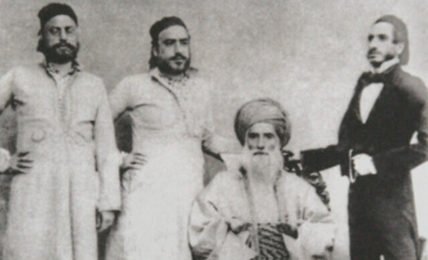zero is not the only thing Arabs popularized out of India. ‘Masodan’ or contemporary biryani & Pulav preparations are described in Vedic Literature which predates Mughals by centuries.
This research very clearly establishes the Vedic, Indian origin of Biryani and Pulav through linguistic, semantic and historical prisms.























